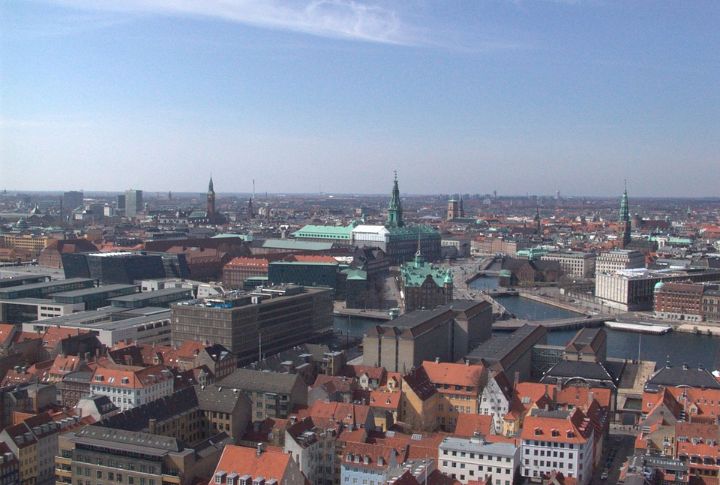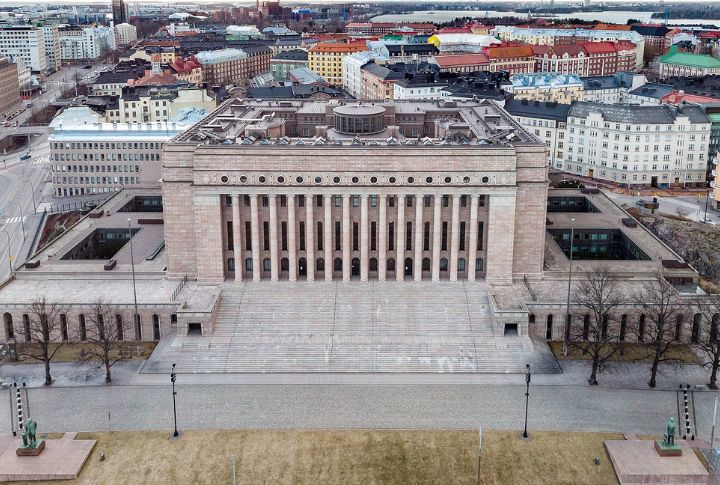
Tax revenue as a percentage of GDP is vital for assessing a country’s fiscal health and ability to fund public services. This ratio reflects the efficiency of a nation’s tax system and the extent to which the government can mobilize resources for development. This article looks at the top 15 countries with the highest tax-to-GDP ratios, showcasing their fiscal strategies and implications.
Denmark: 46.3%

Denmark has the highest tax-to-GDP ratio globally, at 46.3%. This substantial figure supports a comprehensive welfare state that provides free education and healthcare. The Danish model highlights how efficient taxation and policies can enhance public services and citizen satisfaction.
France: 43.5%

France ranks second with a ratio of 43.5%. This high ratio reflects the government’s commitment to funding extensive social programs and public services. The French taxation system emphasizes income taxes and social contributions, ensuring equitable access to essential services for all citizens.
Serbia: 39.9%

With a tax-to-GDP ratio of 39.9%, Serbia relies heavily on tax revenue to sustain government operations. The Serbian government has recently implemented various tax reforms to enhance revenue collection and promote economic growth.
Mongolia: 36.4%

A developing country like Mongolia faces challenges in extending its tax base and improving tax compliance as its tax-to-GDP ratio stands at 36.4%. However, the government is trying to modernize its tax system and increase revenue collection to support economic development.
Iceland: 34.8%

The Icelandic government uses tax revenues to fund essential services, including healthcare and education. This model emphasizes the importance of public investment in maintaining a high quality of life and showcases the effectiveness of its tax policies.
Botswana: 34%

Botswana is a resource-rich country that relies on revenue from diamond exports and other natural resources to supplement its tax income. The government has tried diversifying its economy and broadening its tax base to ensure sustainable development.
Finland: 32.7%

Taxes account for 32.7% of Finland’s GDP, reflecting its commitment to social services. The Finnish government emphasizes education and healthcare, funded by a progressive tax system. This approach has led to high public trust and satisfaction with government services.
Montenegro: 31.6%

With a tax-to-GDP ratio of 31.6%, Montenegro faces challenges in funding its public services with tax revenues. However, the government has implemented tax reforms to simplify the tax system and improve compliance, aiming to increase revenue collection and support economic growth.
Austria: 31.3%

Austria’s tax-to-GDP ratio stands at 31.3%. The country’s taxation system is designed to support a comprehensive social safety net to ensure citizens’ access to essential services. Austria’s model demonstrates how effective tax policies can promote social equity and economic stability.
Norway: 31.2%

Norway ranks tenth with a tax-to-GDP ratio of 31.2%. This unique fiscal atmosphere allows Norway to fund extensive welfare programs while maintaining a strong economy. The country benefits from significant oil revenues, which supplement its tax income.
New Zealand: 30.8%

New Zealand’s tax system is famous for its simplicity and efficiency, which contribute to its economic competitiveness. The government relies on income taxes, goods and services taxes, and other levies to fund public services and infrastructure.
Kyrgyzstan: 30.8%

Kyrgyzstan might be a transition economy with a relatively high tax-to-GDP ratio of 30.8%. Though the country faces challenges in modernizing its tax system and improving compliance, it has tried to simplify tax regulations and reduce administrative burdens on its citizens.
Georgia: 30.5%

Georgia has recently undertaken significant tax reforms, including reducing tax rates and simplifying the tax system. These measures have aimed to attract investment, promote economic growth, and increase tax revenue collection to fund public services and infrastructure development.
Belgium: 29.8%

In Belgium, the tax-to-GDP ratio is 29.8%. The high-income tax and social security contributions allow for significant investments in healthcare and education. This approach illustrates the balance between taxation and public service delivery.
Australia: 29.7%

Australia’s tax system is competitive and efficient, and it contributes to its economic growth and prosperity. The government relies on income taxes, goods and services taxes, and other levies to fund public services and infrastructure, leading to a 29.7% ratio.

Comments
Loading…